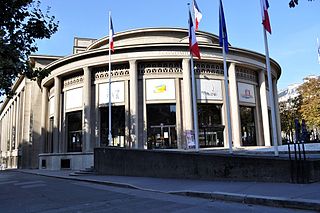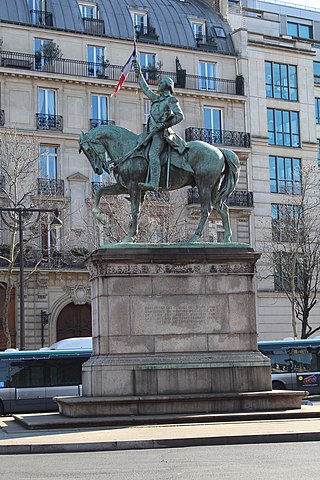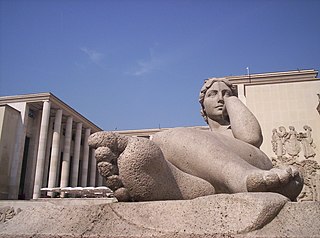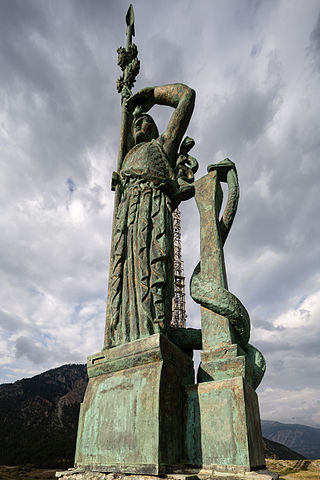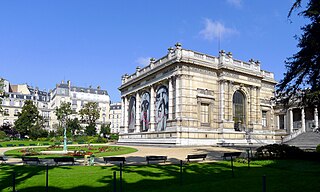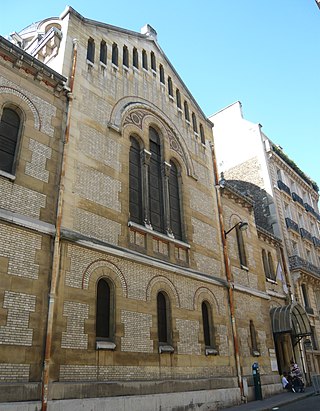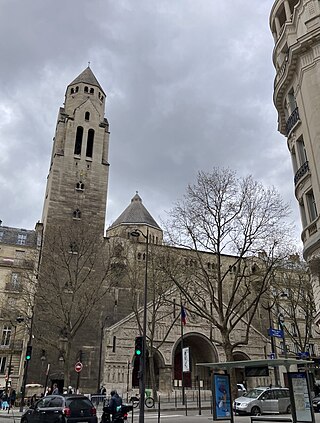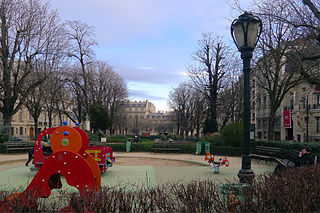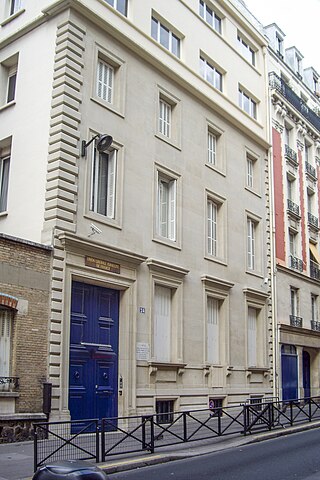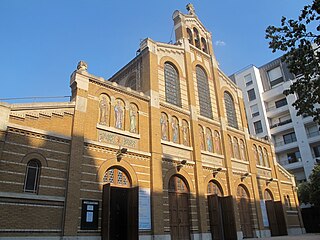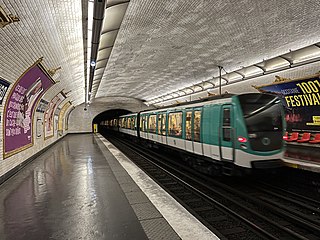Self-guided Sightseeing Tour #2 in Paris, France
Legend
Guided Free Walking Tours
Book free guided walking tours in Paris.
Guided Sightseeing Tours
Book guided sightseeing tours and activities in Paris.
Tour Facts
3.3 km
57 m
Experience Paris in France in a whole new way with our free self-guided sightseeing tour. This site not only offers you practical information and insider tips, but also a rich variety of activities and sights you shouldn't miss. Whether you love art and culture, want to explore historical sites or simply want to experience the vibrant atmosphere of a lively city - you'll find everything you need for your personal adventure here.
Activities in ParisIndividual Sights in ParisSight 1: Palais d'Iéna
The Palais d'Iéna is a building in the 16th arrondissement of Paris built by the architect Auguste Perret in 1937. From 1939 to 1955, it housed the National Museum of Public Works, and since 1960 it has been the headquarters of the Economic, Social and Environmental Council and the International Chamber of Commerce.
Sight 2: George Washington Statue
An equestrian statue of George Washington by Daniel Chester French is installed in the 16th arrondissement of Paris, France.
Wikipedia: Equestrian statue of George Washington (Paris) (EN)
Sight 3: Palace of Tokyo
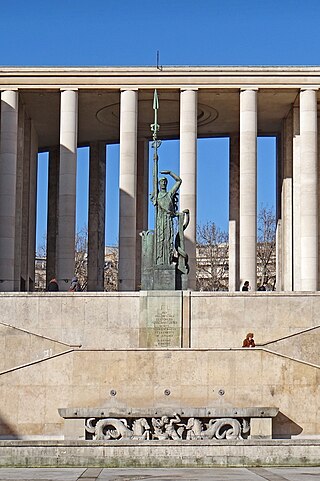
The Palais de Tokyo is a building dedicated to modern and contemporary art, located at 13 avenue du Président-Wilson, facing the Trocadéro, in the 16th arrondissement of Paris. The eastern wing of the building belongs to the City of Paris, and hosts the Musée d'Art Moderne de Paris. The western wing belongs to the French state and since 2002, has hosted the Palais de Tokyo / Site de création contemporaine, the largest museum in France dedicated to temporary exhibitions of contemporary art.
Sight 4: Modern Art Museum of Paris
Musée d'Art Moderne de Paris or MAM Paris, is a major municipal museum dedicated to modern and contemporary art of the 20th and 21st centuries, including monumental murals by Raoul Dufy, Gaston Suisse, and Henri Matisse. It is located at 11, Avenue du Président Wilson in the 16th arrondissement of Paris.
Sight 5: La France
La France is a work by Antoine Bourdelle. The first model dates from 1922 but the work had a turbulent history. None of the achievements seem to correspond to the original project.
Sight 6: Square Brignole-Galliera
The Square du Palais-Galliera, sometimes called Square Brignole-Galliera, is a green space in the 16th arrondissement of Paris in the Gaillon district.
Sight 7: Cathédrale Saint-Étienne
St. Stephen's Greek Orthodox Cathedral is the seat of the Greek Orthodox Metropolis of France in Paris. It is located at 7 rue Georges-Bizet, in the 16th arrondissement of Paris. It was consecrated on 22 December 1895.
Wikipedia: St. Stephen's Greek Orthodox Cathedral, Paris (EN)
Sight 8: Église Saint-Pierre de Chaillot
Saint-Pierre de Chaillot is a Roman Catholic parish church in the Chaillot neighborhood of the 16th arrondissement of Paris, at 31, avenue Marceau. It is constructed in the "Romano-Byzantine" style.
Sight 9: Square Thomas Jefferson
The Thomas-Jefferson Square is a green space in the 16th arrondissement of Paris.
Sight 10: Galerie-musée Baccarat
The Musée Baccarat is a crystal glass museum located in the manufactury Baccarat. It is located at 2 rue des Cristalleries in the town of Baccarat in Lorraine. It showcases around 1,100 objects and the manufacturing technique. It currently houses the Red Diamond Play Button made from Baccarat glass.
Sight 11: Édicule Guimard
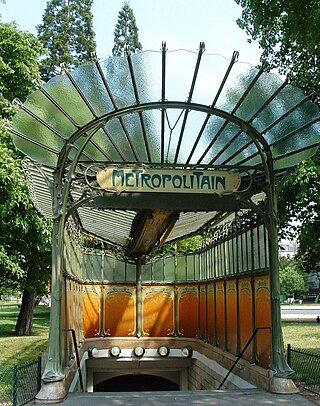
A Guimard metro entrance is an access to a station of the Paris metro designed at the very beginning of the twentieth century by the Art Nouveau architect Hector Guimard (1867-1942).
Sight 12: Ambassade du Pérou
Sight 13: Union Libérale Israélite de France
The Union Libérale Israélite de France, commonly referred to as the rue Copernic synagogue, is a Reform Jewish congregation and synagogue, located in the XVIe arrondissement of Paris, France. Inaugurated on 1 December 1907, it is the oldest Reform synagogue in France.
Sight 14: Église nouvelle Saint-Honoré d'Eylau
The new church of Saint-Honoré d'Eylau is located at 64 bis, avenue Raymond-Poincaré in the 16th arrondissement of Paris.
Wikipedia: Église Saint-Honoré-d'Eylau (église nouvelle) (FR)
Sight 15: Avenue Victor Hugo
Get Ticket*Victor Hugo is a station on Paris Métro Line 2. It is named after the author Victor Hugo, and located directly underneath Place Victor Hugo in the 16th arrondissement of Paris.
Share
How likely are you to recommend us?
Disclaimer Please be aware of your surroundings and do not enter private property. We are not liable for any damages that occur during the tours.
GPX-Download For navigation apps and GPS devices you can download the tour as a GPX file.
